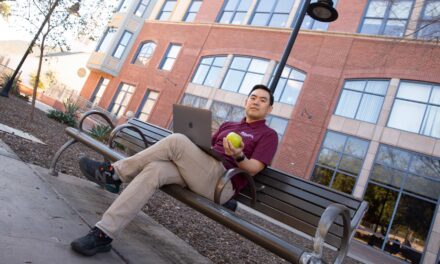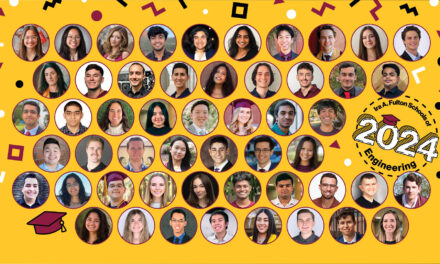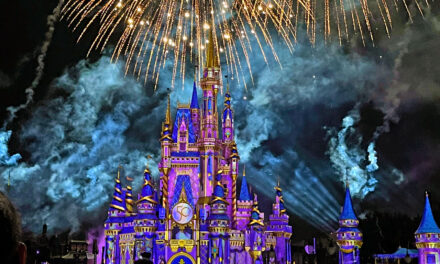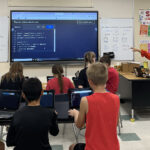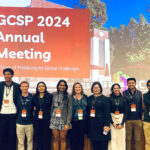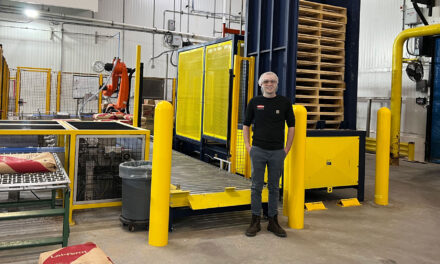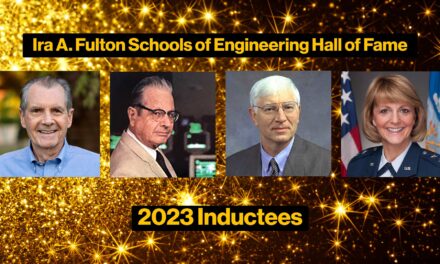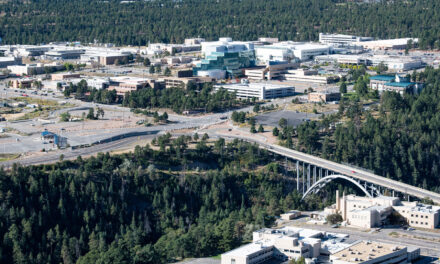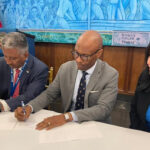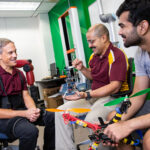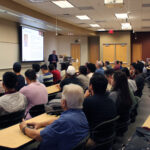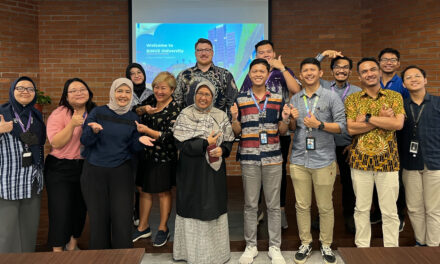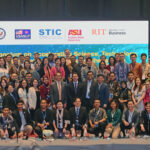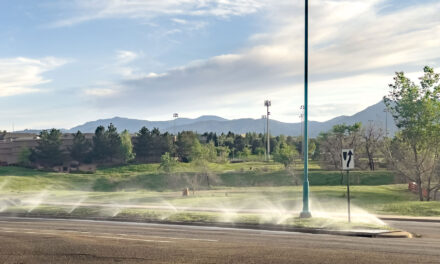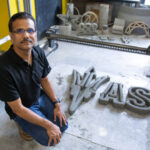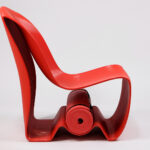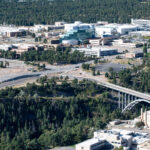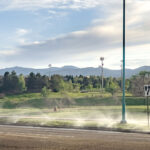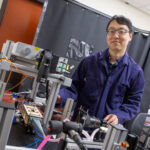
The chain reaction between engineering and storytelling
Using the art of storytelling to inspire an engineering mindset in K-12 students
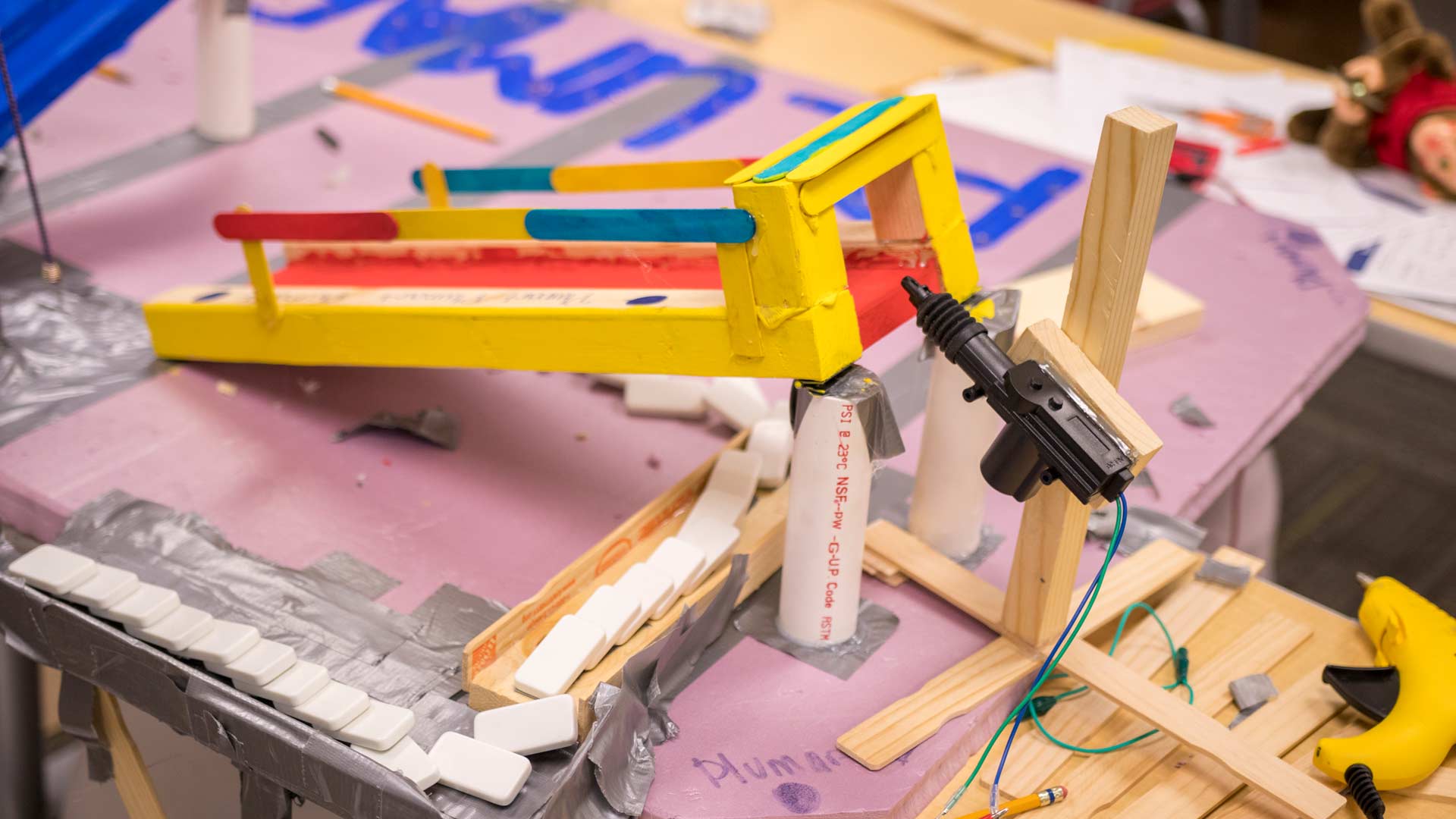
The journeys of storytelling and engineering have parallel milestones. Both feats begin with an inciting issue where protagonists and engineers alike must design a way to overcome their challenges.
To draw this parallel, many educators are transitioning from solely focusing on science, technology, engineering and mathematics, or STEM, to now including arts, referred to as STEAM. The inclusion of art encourages more creative approaches to problem-solving and meaningfully communicating concepts in STEM.
Shawn Jordan, an associate professor of engineering at The Polytechnic School, part of the Ira A. Fulton School of Engineering at Arizona State University, and Liz Warren, the faculty director of the Storytelling Institute at South Mountain Community College, or SMCC, have collaborated to promote a community outreach competition called the #BreakACode Chain Reaction Contraption Competition. The content encourages engineering practices through storytelling.
#BreakACode is a contest enabling students to create an oral story that complements their design of a chain-reaction machine. These contraptions use a set of reactions that work in succession to trigger one event after another until setting off the final event. The goal is to engage students and families beyond the classroom by providing an opportunity to think outside the box.
“A chain reaction machine is meant to be a fun problem without a practical solution,” Jordan says. “We want that to give students the mindset of ‘I can design the problem and the solution.’ Those things together are the engineering design process.”
SMCC Construction Trade Institute Program Coordinator Chantel Freed and Storyteller Workshop Facilitator Mario Avent designed and hosted a storytelling event during the Fulton Schools Homecoming Block Party. Starter kits that included random, thought-provoking objects such as golf balls, dominos and wooden planks were distributed to attendees. Kits were also distributed to Arizona schools in Phoenix, Nogales and Tucson.
The workshop facilitators encouraged participants to record their stories and chain-reaction machines in action and submit them to the #BreakACode competition. Submissions were reviewed based on story elements, performance and the machines’ wow factor. Each submission blended a functioning chain reaction machine that expressed a story. Out of fifty submitted projects including participants from ages four to eighteen, several projects stood out (watch here).
First place was awarded to “The Monkey Adventure” by the Cruz, Orona and Zazueta families for their story depicting the harrowing international rescue of a kidnapped pet monkey that spanned several rooms and a flight of stairs.
“Red Guy and Pink Guy” by students Luis Alejandro Leyva and Bogart Soto Juarez from Nogales High School received second place for their allegory about actively finding joy in life. Their machine captured the story of two colorful balls as they ventured through a series of obstacles to seek adventure. While the journey ends in sacrifice and catastrophe, they are grateful for the journey.
Seth Laurent Mongen, Erin Mongen and Athena Andres from Nogales High School ranked third for designing an adventure to finish a math problem.
The Fulton Schools and SMCC are holding two joint summer camp sessions this year to further empower students to gain confidence in their academic and creative abilities. Jordan and Warren are currently working with Jennifer Williams, assistant director of development in the ASU Foundation, to secure funding to continue the #BreakACode next year.
“I think the thing that’s so interesting about storytelling is it’s a good match for design thinking,” Warren says. “They’re just different words for the same process. A story documents change and design thinking is about change. It’s designing a change for a solution.”

